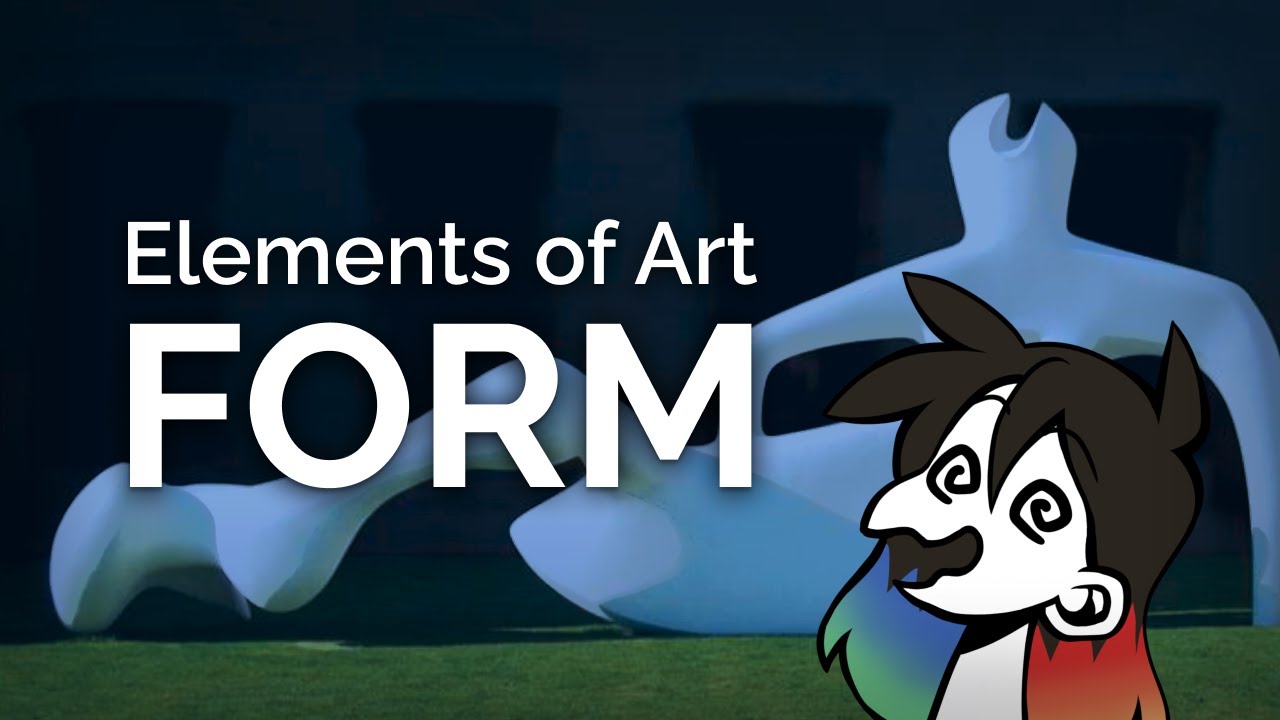7 Techniques for Improving your Drawing Perspective
Summary
TLDRIn this art tutorial, Emily introduces beginners to the essential concept of perspective in drawing, emphasizing its importance for creating realistic artwork. She explains the seven laws of perspective—surface size, surface lines, overlapping, shading, density, and foreshortening—using examples like flowers, animals, and a donut to demonstrate how each technique helps depict depth and distance. Emily also provides a practical demonstration by drawing a pig, showing how these concepts are applied to make the drawing appear three-dimensional. This tutorial is a valuable resource for those looking to improve their drawing skills.
Takeaways
- 😀 Understanding perspective is crucial for realistic drawing, as it helps depict how close or far objects appear.
- 📚 Bruce McIntyre, an illustrator at Walt Disney Studios, authored a book that teaches the 'seven laws of perspective.'
- 🎨 The seven laws of perspective are: surface size, surface lines, overlapping, shading, density, and foreshortening.
- 🖊️ To practice perspective, you only need basic tools like a pencil, eraser, and water-resistant marker.
- 🌼 Surface size is demonstrated by placing objects at different heights on the page, showing their relative closeness or distance.
- 🐄 Size is key in perspective; closer objects appear larger, while further objects appear smaller, like cows in a field.
- 🏞️ Surface lines help define depth, such as curved lines on legs to show whether they are coming toward or away from the viewer.
- ⛰️ Overlapping helps show perspective by placing objects in front of others, like mountains overlapping in the distance.
- ⚫ Shading is a great tool for creating depth; darker shading on the underside of an object makes it appear three-dimensional.
- 🌳 Density refers to how objects closer to you have more detail and contrast, while those farther away appear lighter and less defined.
- 🕯️ Foreshortening distorts the perspective of an object, such as a candle, making its closest parts appear larger and more detailed.
Q & A
What is the main focus of today's video?
-The main focus of the video is teaching the concept of perspective in drawing, specifically how to use various techniques to make drawings appear more realistic.
Who is Bruce McIntyre, and why is he important in this tutorial?
-Bruce McIntyre was an illustrator at Walt Disney Studios from 1937 to 1949 and later taught drawing in California. He is known for his belief that anyone can learn to draw, and his book introduces the 'seven laws of perspective,' which Emily uses in this tutorial.
What are the seven laws of perspective introduced by Bruce McIntyre?
-The seven laws of perspective are: surface, size, surface lines, overlapping, shading, density, and foreshortening. These concepts help create depth and realism in drawings.
How does the 'surface' concept contribute to perspective in drawing?
-The 'surface' concept refers to how the placement of objects on a surface can create the illusion of depth. For example, a flower placed higher on the page can appear further away, while one placed lower appears closer.
Can you explain the 'size' law of perspective and its significance?
-The 'size' law states that objects appear larger when they are closer to the viewer and smaller when they are further away. This is commonly seen in scenes like a field with animals of varying distances.
What role do 'surface lines' play in creating perspective?
-Surface lines are used to show the direction and curvature of objects. For example, lines on a character's legs can indicate whether the leg is moving forward or backward, helping to establish depth.
How does 'overlapping' help depict perspective?
-Overlapping occurs when one object partially covers another, indicating which object is closer. For instance, when mountains overlap, it’s clear that the one in front is closer, and the one behind is farther away.
What is the importance of 'shading' in perspective drawing?
-Shading helps make an object appear three-dimensional. By shading the underside of a sphere, for example, we can show that the sphere is turning away from the light, giving it depth.
What does 'density' mean in perspective drawing?
-Density refers to the level of detail and shading in objects. Objects closer to the viewer are more detailed and dense, while those farther away appear lighter and less detailed, creating a sense of depth.
What is 'foreshortening,' and how does it affect the appearance of objects?
-Foreshortening is a technique where an object is drawn at an angle to appear as if it is coming toward the viewer. It makes parts of the object appear larger and others smaller, giving it a three-dimensional perspective.
Outlines

Esta sección está disponible solo para usuarios con suscripción. Por favor, mejora tu plan para acceder a esta parte.
Mejorar ahoraMindmap

Esta sección está disponible solo para usuarios con suscripción. Por favor, mejora tu plan para acceder a esta parte.
Mejorar ahoraKeywords

Esta sección está disponible solo para usuarios con suscripción. Por favor, mejora tu plan para acceder a esta parte.
Mejorar ahoraHighlights

Esta sección está disponible solo para usuarios con suscripción. Por favor, mejora tu plan para acceder a esta parte.
Mejorar ahoraTranscripts

Esta sección está disponible solo para usuarios con suscripción. Por favor, mejora tu plan para acceder a esta parte.
Mejorar ahoraVer Más Videos Relacionados

Teori perkembangan gambar perspektif

Tutorial Menggambar Perspektif 1 titik - Belajar Gambar dari 0 Ep.4

Como desenhar: Perspectiva Paralela - Básica

GRADE 10 / ELEMENTS OF ARTS / ARTS 10 / QUARTER 1 / MODULE 1

Menggambar Perspektif, Ini Cara Simple Untuk Belajarnya | Menggambar Anime

FORM: Elements of Art Explained in 7 minutes (funny!)
5.0 / 5 (0 votes)
